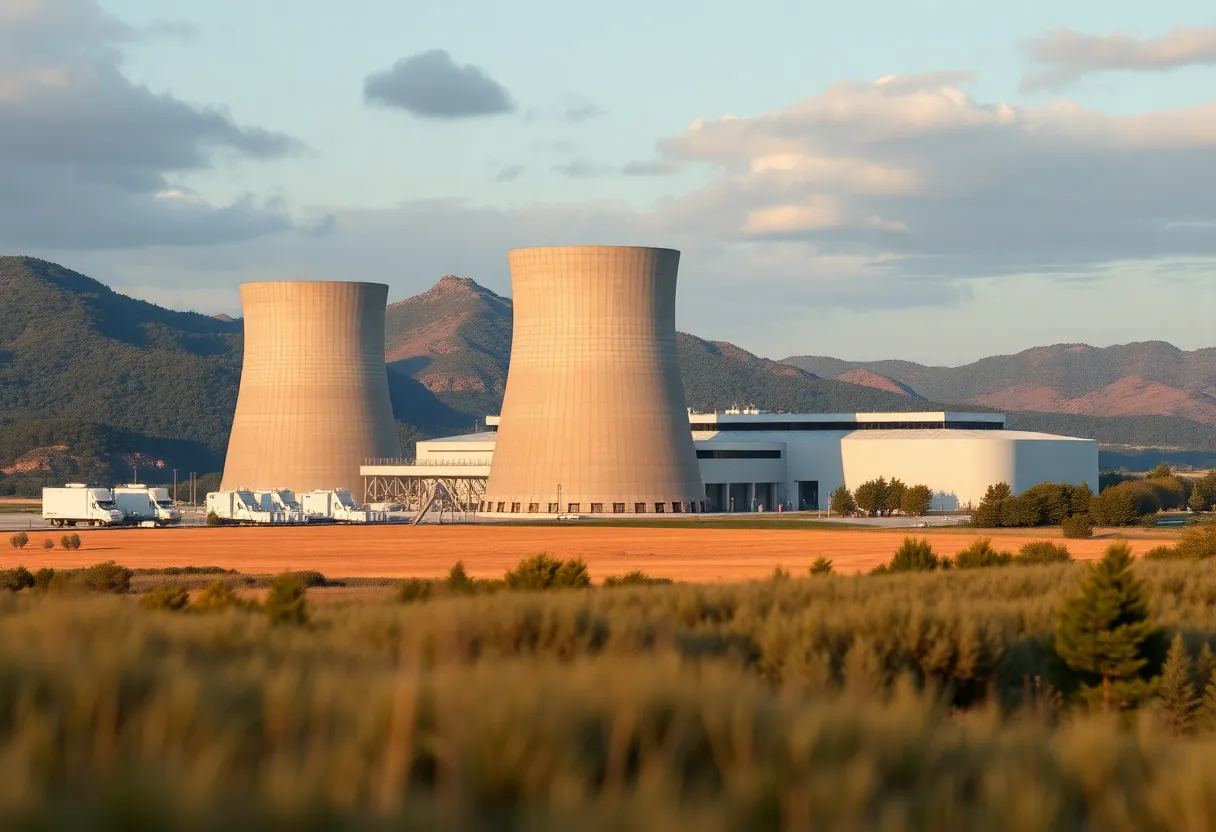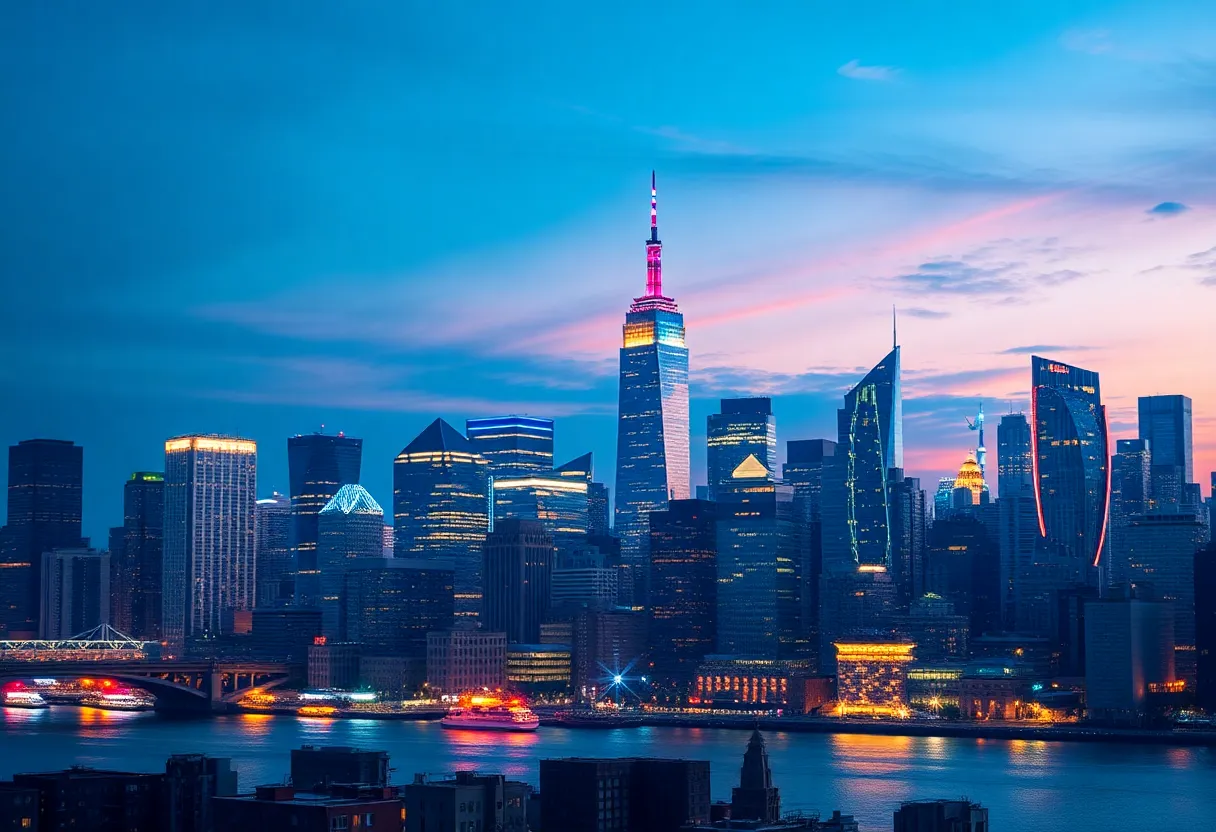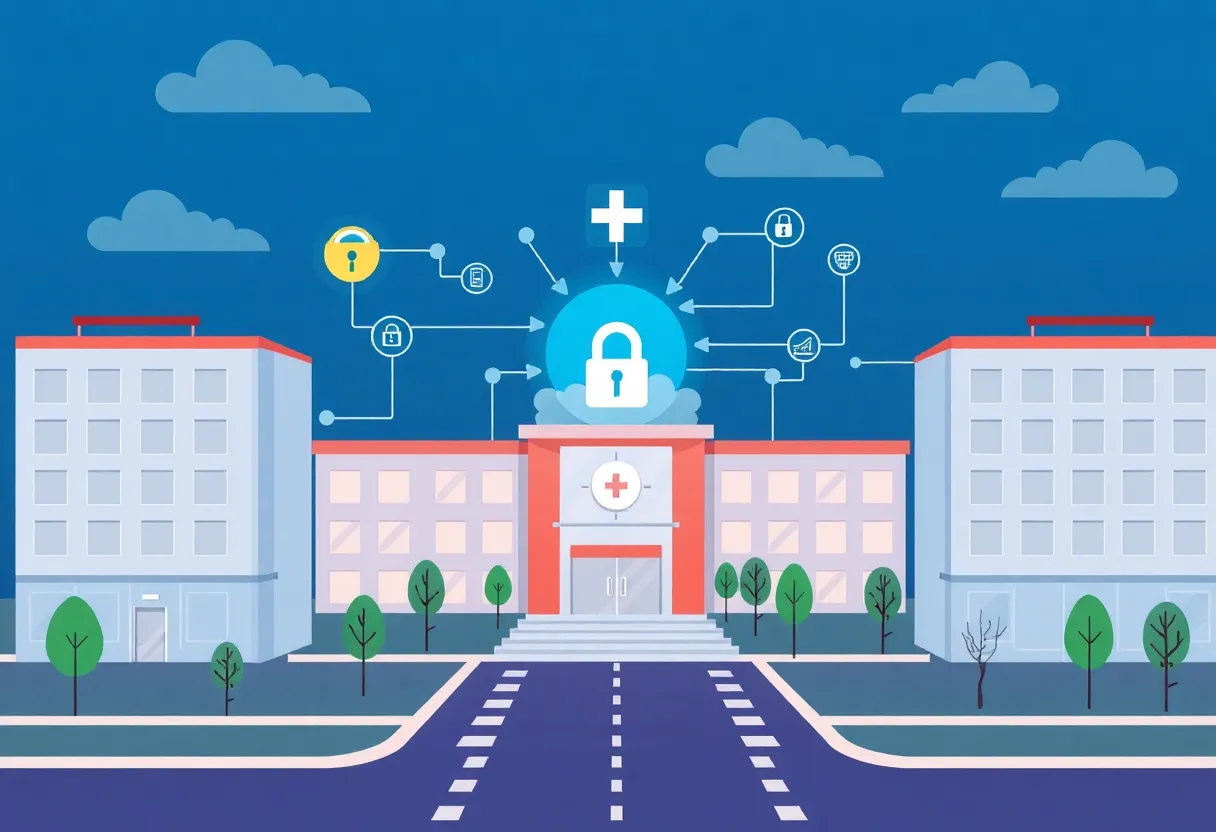News Summary
Governor Kathy Hochul has announced plans for New York’s first new nuclear power plant in nearly four decades, aiming to address rising electricity demand. The New York Power Authority (NYPA) will study potential locations and methods for the plant, expected to add one gigawatt of nuclear energy to the grid by 2040. This initiative comes as the state faces increased energy consumption amid the closure of older fossil fuel facilities and the Indian Point nuclear plant. The push for nuclear energy emphasizes reliability amid challenges posed by renewable sources.
New York – In a bold move to tackle the growing electricity demand, Governor Kathy Hochul has announced plans to construct New York’s first new nuclear power plant in nearly 40 years. This significant development was unveiled at the hydroelectric Niagara Power Project in late June.
The Governor has directed the New York Power Authority (NYPA) to conduct a study on potential locations and methods for building a nuclear facility that aims to add one gigawatt of nuclear energy to the state’s power grid by 2040. One gigawatt of electricity is enough to power approximately one million homes, highlighting the project’s potential impact on the state’s energy landscape.
The need for increased electricity generation comes as New York anticipates a rise in energy consumption driven by new manufacturing sectors, data centers, and the overall electrification of various industries. This demand is further compounded by the closure of the Indian Point nuclear plant and the phasing out of older fossil fuel facilities. Without a significant boost in electricity supply over the next 15 years, the state risks facing rolling blackouts, according to Hochul.
NY Power Authority’s Role and Plans
To move forward, the NYPA will undertake critical steps, including deciding on reactor technology, selecting an appropriate site, and choosing contractors for the project. They will also need to negotiate what could be a multi-billion dollar deal and may seek private partnerships to help finance the endeavor.
Historical Context and Regulatory Framework
Historically, New York’s utilities monopolized electric generation, but the deregulation of the 1990s led to increased competition, particularly from less expensive alternatives like natural gas plants and solar energy. During its peak, the NYPA was recognized for its commitment to constructing large energy projects, including the Niagara hydroelectric station in the 1950s. However, the current regulatory environment presents challenges for launching large-scale nuclear initiatives.
The push for a revival of nuclear energy comes amid heightened demands for reliable energy sources that can support New York’s ambitious clean energy goals. While wind and solar energy are vital components of the state’s energy strategy, these renewable sources may not always meet demand due to their intermittent nature. This has led energy advocates to emphasize the importance of incorporating nuclear power as a more stable option.
Public Sentiment and the Energy Industry Landscape
Recent discussions surrounding nuclear energy have been mixed, especially among candidates in the New York City Democratic mayoral primary. Only two moderate candidates extensively addressed the topic. Additionally, opposition from progressive groups like NY Renews stems from concerns regarding the potential negative impacts of nuclear energy investments on communities and the challenges of managing radioactive waste effectively.
Technical and Environmental Considerations
Wind and solar energy projects necessitate larger land areas to produce equivalent amounts of electricity than nuclear facilities, which raises environmental concerns. The governance framework for New York’s nuclear initiatives is also looking into partnerships with businesses, such as Micron, which could facilitate financing through power-purchase agreements.
The Hochul administration is exploring the concept of nuclear energy as a form of renewable energy, including possibilities for future operations that incorporate recycled nuclear fuel. Despite calls for a nuclear comeback, skepticism remains regarding radioactive waste management and long-term sustainability challenges.
Future Prospects and Challenges
The NYPA aims to overcome electricity transmission challenges, particularly in conveying power generated in upstate New York to New York City downstate. Observers have voiced concerns regarding the technical expertise required by the NYPA to manage the complexities of nuclear construction projects effectively.
Future nuclear plants may consider the use of small modular reactors (SMRs), which are touted for their lower costs and shortened construction timelines. Nevertheless, the success of nuclear projects across the nation has been inconsistent, with many facing significant delays and budget overruns, posing additional considerations for New York’s ambitious nuclear plans.
Overall, the Hochul administration acknowledges the historical difficulties associated with nuclear expansion and is focusing efforts on collaborating with communities that support the construction of new nuclear facilities. The outcome of these initiatives remains to be seen as New York navigates its energy future amidst growing demand and environmental concerns.
Deeper Dive: News & Info About This Topic
- NY Focus: New York Nuclear Power Plant
- LoHud: Nuclear Energy and New York’s AI Growth
- CNY Central: New York Considers Oswego for New Nuclear Reactor Site
- New York Times: New York Nuclear Power Plant
- AP News: New York Governor Hochul’s Nuclear Power Plant Plan
- Wikipedia: Nuclear Power
- Google Search: Nuclear Energy New York
- Google Scholar: Nuclear Energy New York
- Encyclopedia Britannica: Nuclear Energy
- Google News: Nuclear Energy New York

Author: STAFF HERE NEW YORK WRITER
The NEW YORK STAFF WRITER represents the experienced team at HERENewYork.com, your go-to source for actionable local news and information in New York, the five boroughs, and beyond. Specializing in "news you can use," we cover essential topics like product reviews for personal and business needs, local business directories, politics, real estate trends, neighborhood insights, and state news affecting the area—with deep expertise drawn from years of dedicated reporting and strong community input, including local press releases and business updates. We deliver top reporting on high-value events such as New York Fashion Week, Macy's Thanksgiving Day Parade, and Tribeca Film Festival. Our coverage extends to key organizations like the Greater New York Chamber of Commerce and United Way of New York, plus leading businesses in finance and media that power the local economy such as JPMorgan Chase, Goldman Sachs, and Bloomberg. As part of the broader HERE network, including HEREBuffalo.com, we provide comprehensive, credible insights into New York's dynamic landscape.





